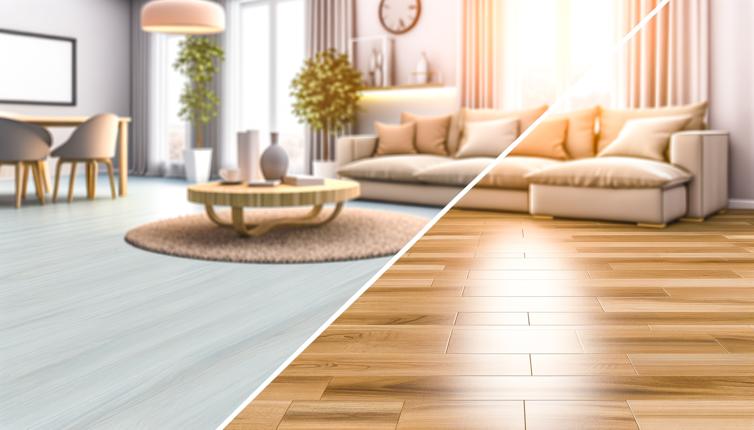Types of Roofing Materials
Asphalt Shingles: Asphalt shingles are the most commonly used roofing material in residential construction. They are affordable, easy to install, and available in a wide range of colors and styles.,Metal Roofing: Metal roofing is a durable and long-lasting option that can withstand harsh weather conditions. It is available in different metals such as steel, aluminum, and copper.,Slate Roofing: Slate roofing offers a natural and elegant look. It is known for its durability and can last for many years with proper maintenance.,Tile Roofing: Tile roofing is popular in Mediterranean and Spanish-style homes. It is available in clay or concrete and offers a unique and attractive appearance.,Wood Shingles and Shakes: Wood shingles and shakes provide a classic and rustic look. They require regular maintenance to prevent issues such as rot and mold.,Synthetic Roofing: Synthetic roofing materials, such as synthetic slate or synthetic wood, offer the look of natural materials with added durability and lower maintenance requirements.
Factors to Consider
Climate: Consider the climate in your area when selecting a roofing material. Some materials perform better in certain climates, such as metal roofing in areas prone to strong winds or slate roofing in areas with heavy snowfall.,Durability: Evaluate the lifespan of different roofing materials and choose one that aligns with your long-term plans for the home. Some materials, like metal and slate, can last for several decades.,Maintenance: Determine the maintenance requirements of each roofing material. Some materials, like wood shingles, require regular upkeep, while others, like metal or asphalt shingles, are relatively low maintenance.,Aesthetics: Consider the overall look and style of your new home. Choose a roofing material that complements the architectural design and enhances the curb appeal.,Cost: Set a budget and find a roofing material that fits within your financial constraints. Remember to consider not only the upfront cost but also the long-term expenses associated with maintenance and repairs.,Environmental Impact: If sustainability is important to you, look for roofing materials that are eco-friendly and energy-efficient.,Local Building Codes: Ensure that the roofing material you choose is compliant with local building codes and regulations.
Conclusion
Choosing the best roofing material for your new home is a decision that should be made after careful consideration of various factors. By understanding the types of roofing materials available and considering factors such as climate, durability, maintenance, aesthetics, cost, environmental impact, and local building codes, you can make an informed choice. Consult with roofing professionals and gather multiple quotes before making a final decision. A well-chosen roofing material will not only protect your home but also enhance its beauty and value.









